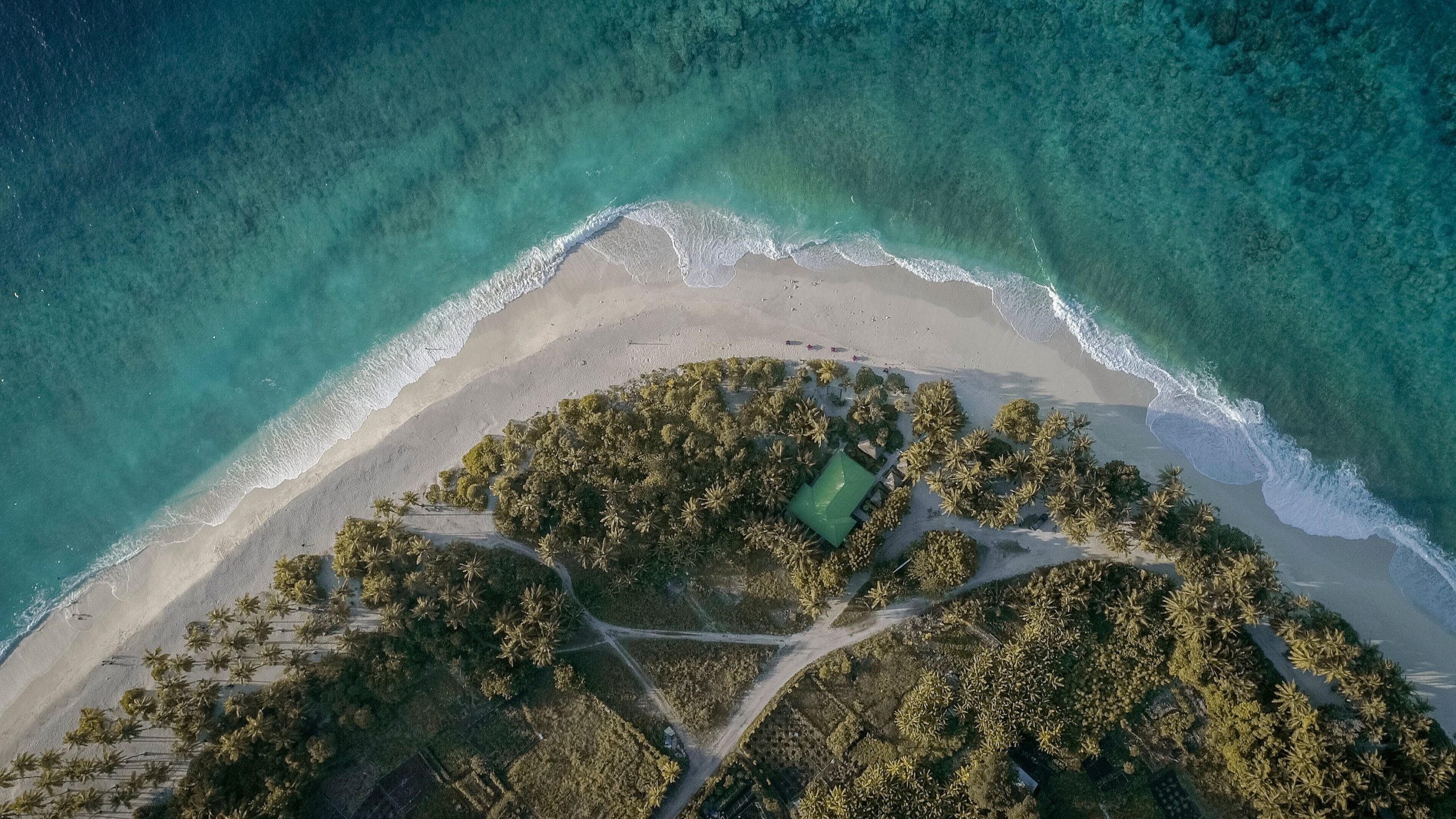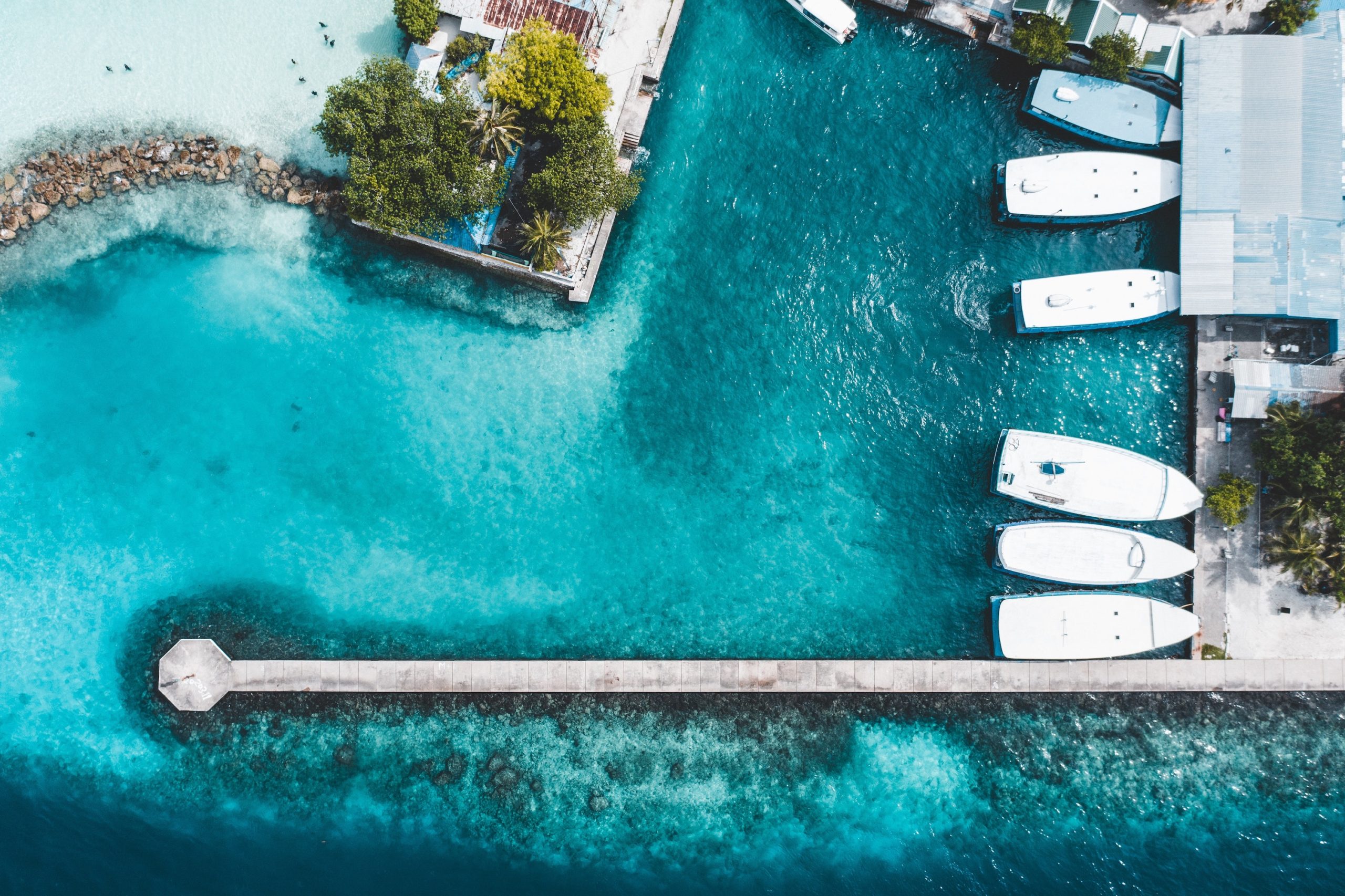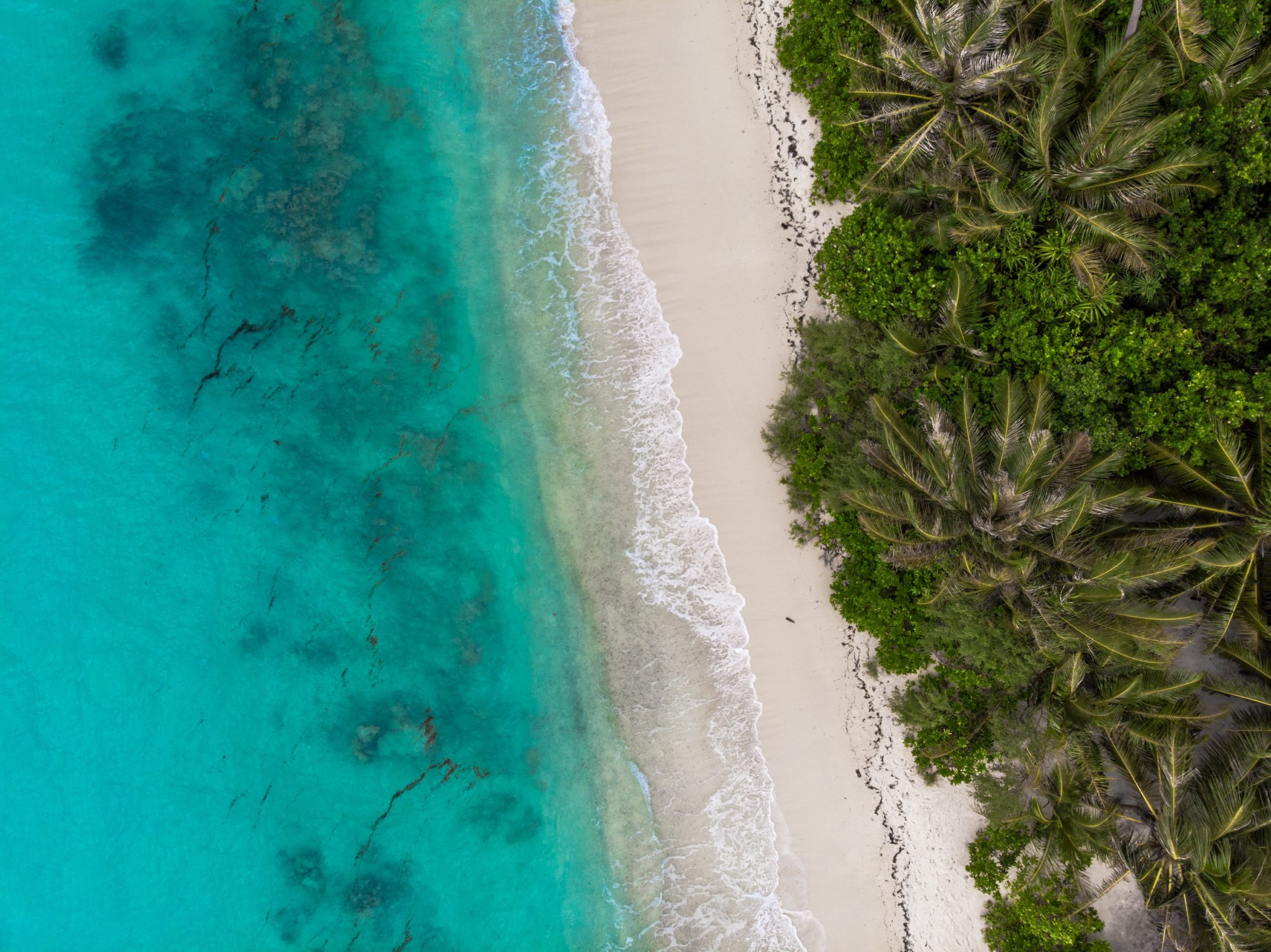Maldives – a quick intro
Maldives (pronounced MOL-DEEVS) is a small country made up of 1190 islands grouped into atolls, lying close to India and Sri Lanka, about four hours east of Dubai. It is the lowest-lying nation in the world, averaging only six feet in elevation. The highest point is 2.4 metres on Villingili in the southernmost atoll Addu. It is a tropical country with two seasons, wet and dry. The best time to visit for those on a budget is from April to November.
The population is about half a million with more than 200,000 living in the capital, Male. The rest is dispersed across the 200 or so inhabited islands. Less than 200 of Maldives islands are tourist resorts.
Maldives is a 100% Sunni Muslim country on paper.
The island nation faces issues that stem from global warming such as erosion and coral bleaching. NASA believes Maldives could be 80% uninhabitable by 2050.
Maldives has a nominal GDP of $4.5 billion and a per capita income of $11,801, the latter being the highest in South Asia. Tourism is the greatest contributor to the country’s economy followed by fisheries and construction.
The Maldives Rufiyaa is pegged to the US dollar at 15.42MVR/1USD. However, travellers can get significantly more for their USD at the money changers in Male, most of whom are on Chaandhanee Magu in the main souvenir district. The largest local bank is the Bank of Maldives and their ATMs accept all major cards including MasterCard, Visa, and Amex.
Most of the tourists will land at Velana International Airport on Hulhule, the country’s first and main international airport located about 10 minutes from Male by car ($5) and ferry ($1).
The cuisine of the Maldives is based around fish and rice, with fish broth and boiled rice being a staple throughout the country (you can find a recipe for the popular Maldives mashuni or fish sambal here). Almost all inhabited islands have cafes that serve continental and Asian fare. Male’s cafés are vibrant, offering a range of cuisines from local ($4/person) to Mexican ($10/person) to Japanese($50/person).
Greater Male
The Greater Male region consists of two islands besides Male – Hulhumale: accessible by bridge and ferry and Villingili: by ferry only although work is underway to connect Villingili and Male by bridge, too.
Male is the nation’s capital and has several attractions including ancient mosques, government buildings, parks, a surf point, and two artificial beaches. The shopping district is on the city’s main road Majeedhee Magu. Visitors can find a range of stays in Male from budget rooms (approx. $20/night) to five-star accommodation ($200+/night).
Hulhumale is a reclaimed island that is fast growing into a major population hub. It has a good share of the region’s cafes and guesthouses, a large beach and offers water sports activities from snorkelling and kayaking to jet ski rentals. A taxi to Hulhumale costs approximately $5 while the bus and ferry are priced $1. Guests can board a ferry to Hulhumale from the Hulhumale Ferry Terminal. Meanwhile, the bus stand is just a few metres away from the ferry depot.
Villingili is a sleepy suburban island with no motorised vehicles and a few guesthouses and restaurants. Its island-life charm is the major pull for visitors. Villingili can be accessed by a six-minute ferry ($1) from the North Male Harbour.
Travellers are largely safe in Greater Male, there have been very few incidents of attacks on tourists anywhere in the country.
When on the beaches of these three islands, guests are advised to dress modestly – no bikinis or swim trunks please.










